A monsoon storm brewed above Boonrat Chaikeaw as he cast his net into the endless tide of trash in the Mekong River on one day in June. He brought home more plastic than fish over six trips into the polluted waters of the Golden Triangle between Thailand, Myanmar and Laos.
Below the Golden Triangle, at the center of the river’s lower basin, children swam among plastic debris as workers cleared the riverbanks of Cambodia’s capital, Phnom Penh — with identical plastic pick-up efforts on Tonle Sap lake.
Further downstream, in Vietnam, the river spiderwebs into the tributaries, swamps and islands that comprise the Mekong Delta. In Can Tho, which lies along a Mekong tributary, fish farmers are relieved to no longer be living off a river besieged by plastic waste.
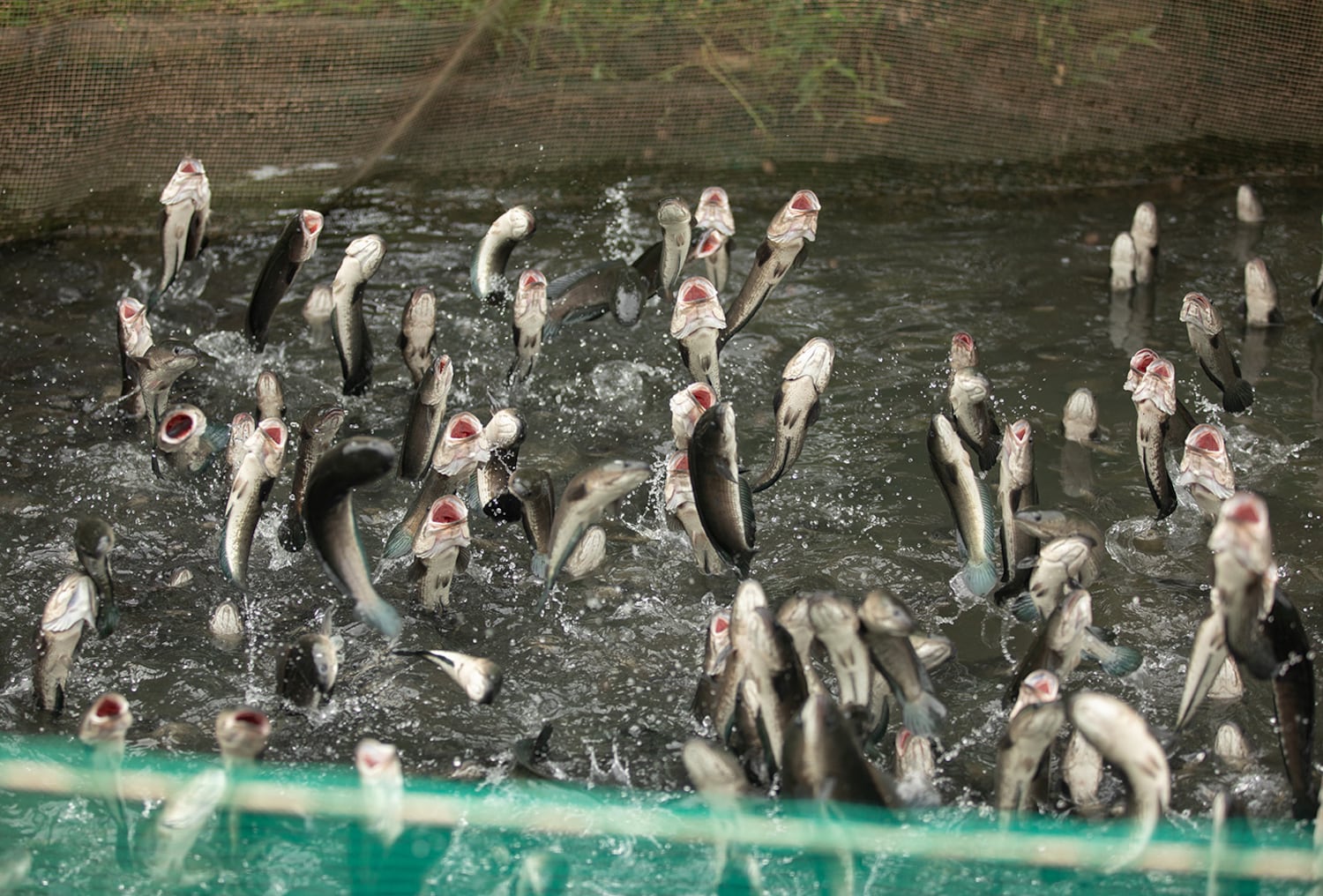
The Mekong River supports millions of people along its 4,300-kilometer (2,700-mile) path from its headwaters in the Tibetan Plateau through Southeast Asia and eventually into the South China Sea.
But its size and the politics of shared management has made it particularly susceptible to plastics pollution.
Globally, the Mekong river is among the waterways most responsible for such waste reaching the world’s oceans. The waste isn’t simply unsightly. Plastic pollution threatens thousands of species that rely on a free-flowing river while human consumption of microplastics poses a growing health concern.
Many hoped that a United Nations-led Global Plastic Treaty would ease the plastic pressures on rivers, but disagreements over plastic production and chemical use left the supposed landmark treaty unsigned earlier this month.
Negotiators now look to the sixth meeting, scheduled for sometime next year, to finalize the treaty. But even if a deal is closed, it may still be years before tangible solutions reach Mekong nations.
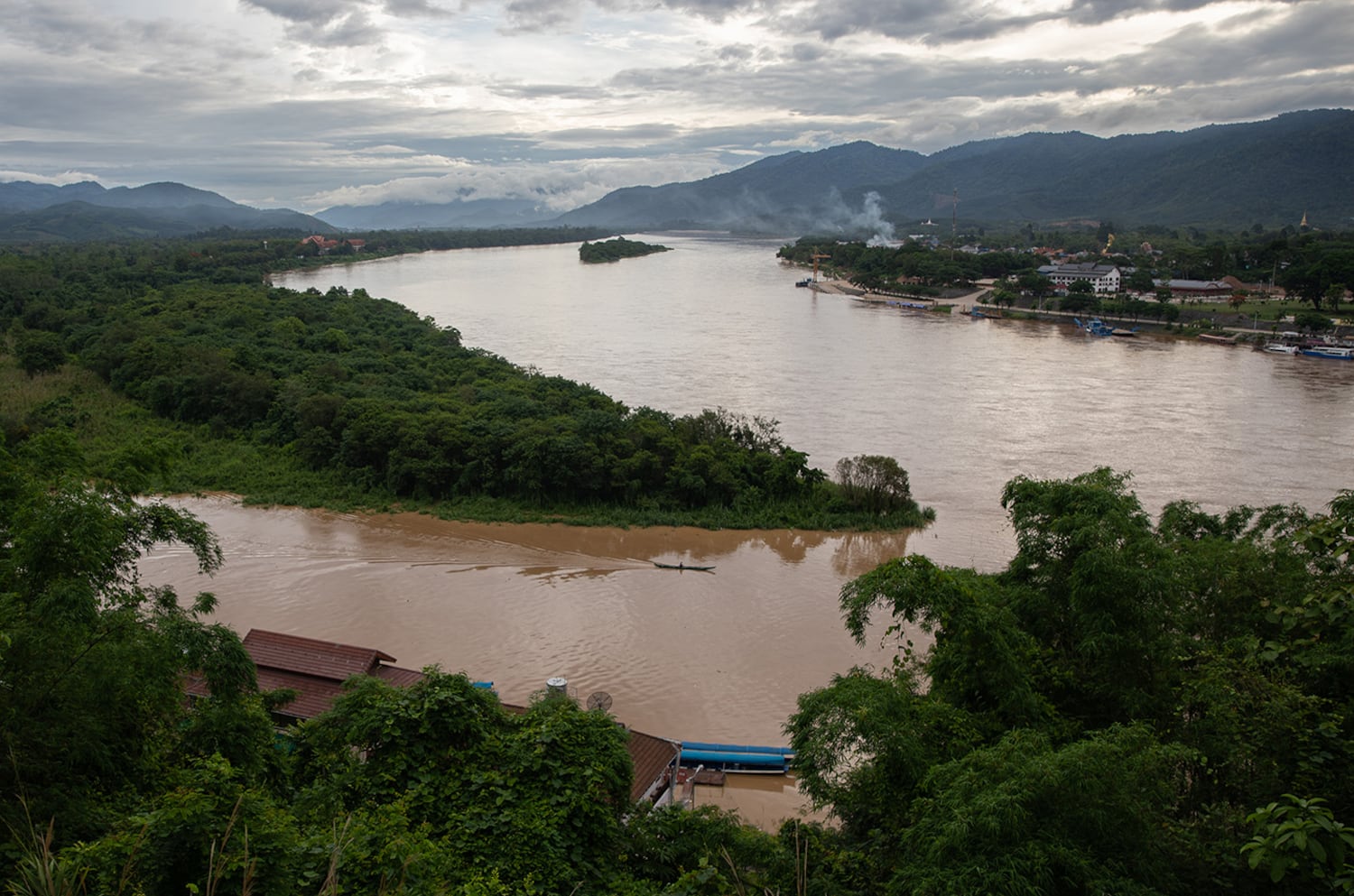
In the meantime, many living along the Mekong are not waiting for global action.
Four plastic waste hotspots along the Mekong’s lower basin — Chiang Saen in Thailand, Phnom Penh and Tonle Sap lake in Cambodia and Can Tho in Vietnam — illustrate the efforts being made to address plastic pollution but also the ways plastic is changing the lives of river communities dependent on these waters.
“We’re addicted to plastics, now more than ever,” says Panate Manomaivibool, an assistant professor at Thailand’s Burapha University who has studied plastic waste in the Mekong’s transboundary regions. “Compared to the scale of the problem, attempts to fix it are tiny.”
THAILAND, MYANMAR AND LAOS | The Golden Triangle of the Mekong River
While the entire upper basin of the Mekong River flows through China, where the waterway is known as the Lancang, the Golden Triangle region between Thailand, Myanmar and Laos acts as the gateway to the lower basin.
The meanderings of the Mekong across these three countries act as a politically recognized natural border between nations, showcasing the Mekong’s transboundary nature and the politics involved in managing such a natural resource.
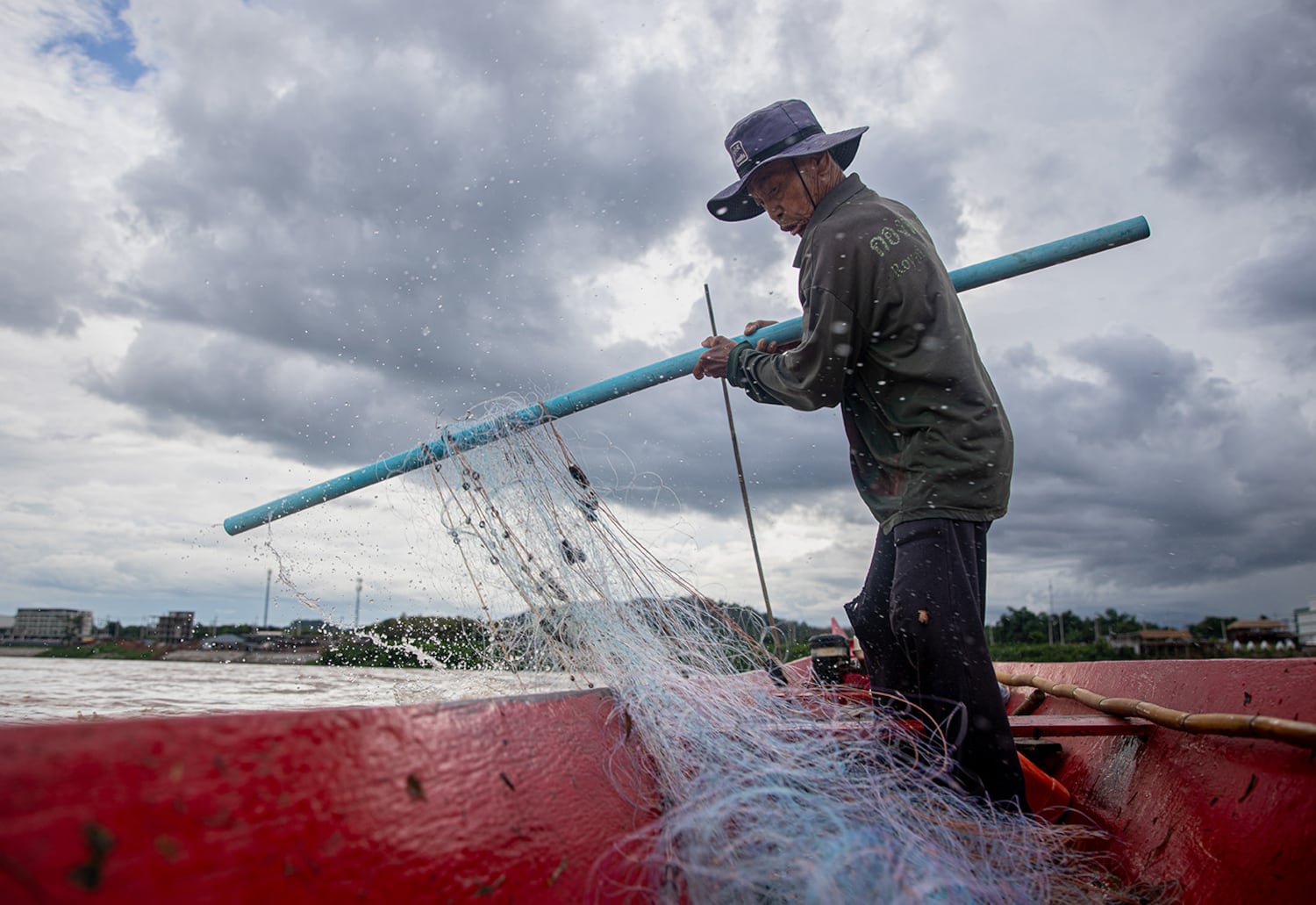
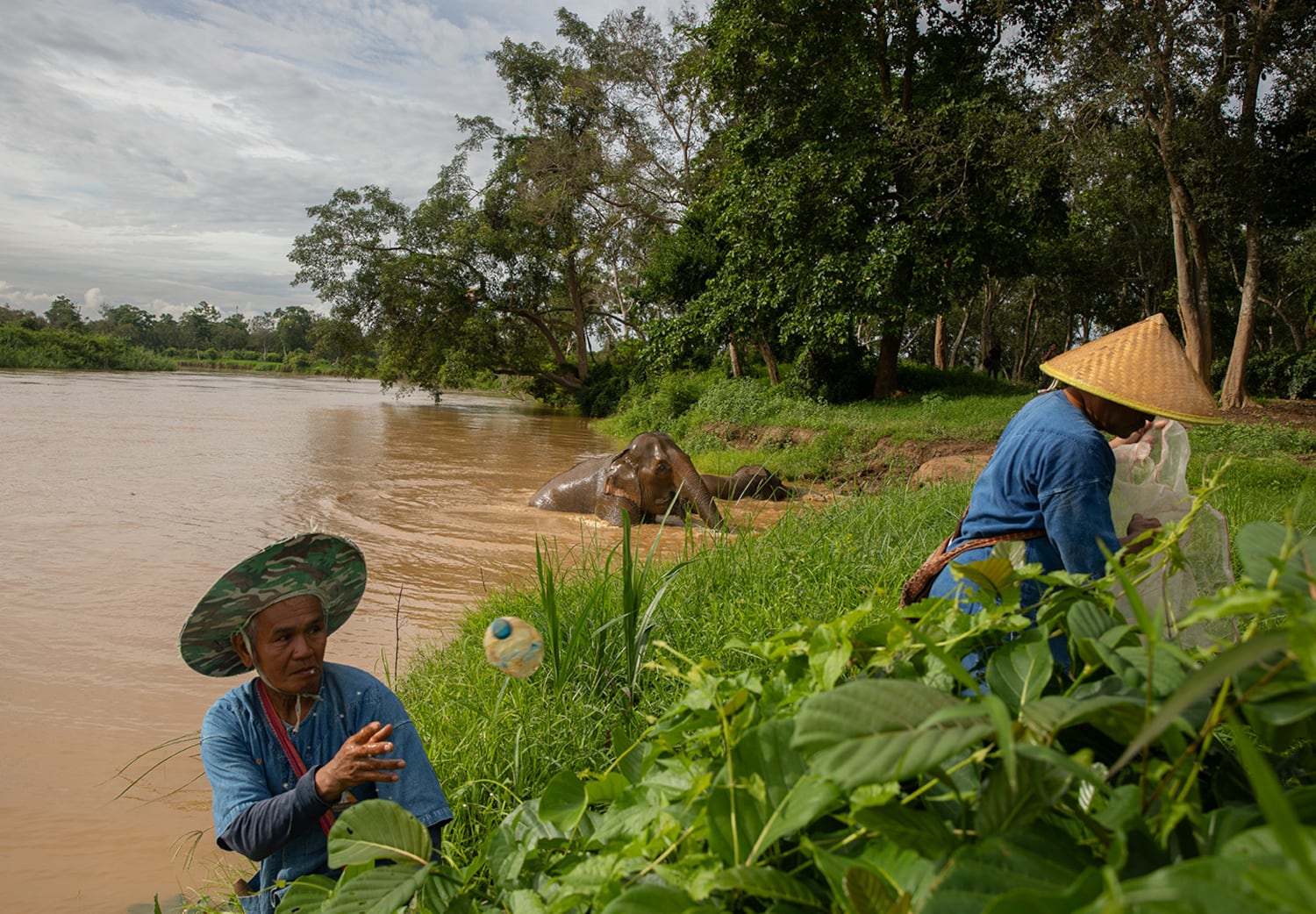
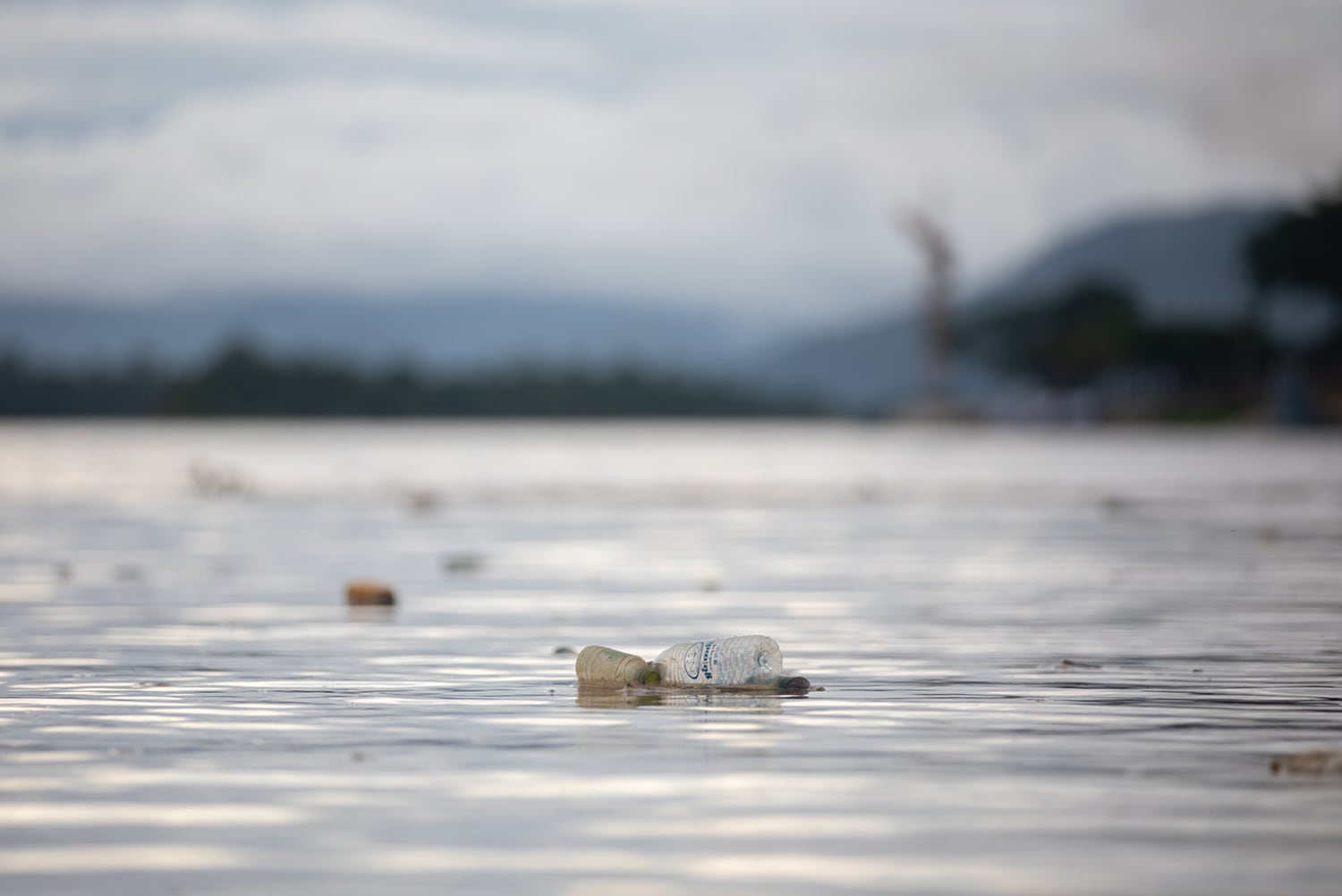
CAMBODIA | The ‘beating heart’ of the Mekong basin
After winding its way past Myanmar and between Thailand and Laos, the Mekong flows into Cambodia.
The nation’s capital Phnom Penh is situated at the confluence of the Mekong and its tributaries, the Bassac and Tonle Sap rivers. More than 100 kilometers (60 miles) northwest is the great Tonle Sap lake, known as “the beating heart of the Mekong” because of its unique flood pulse.
Rains from the annual monsoon season from May to October swell the size of the lake to roughly five times its usual size. The force of this flood reverses the direction of the Tonle Sap river, which is the only waterway in the world with this natural phenomenon. When the water level drops during the dry season, the river reverses once again.
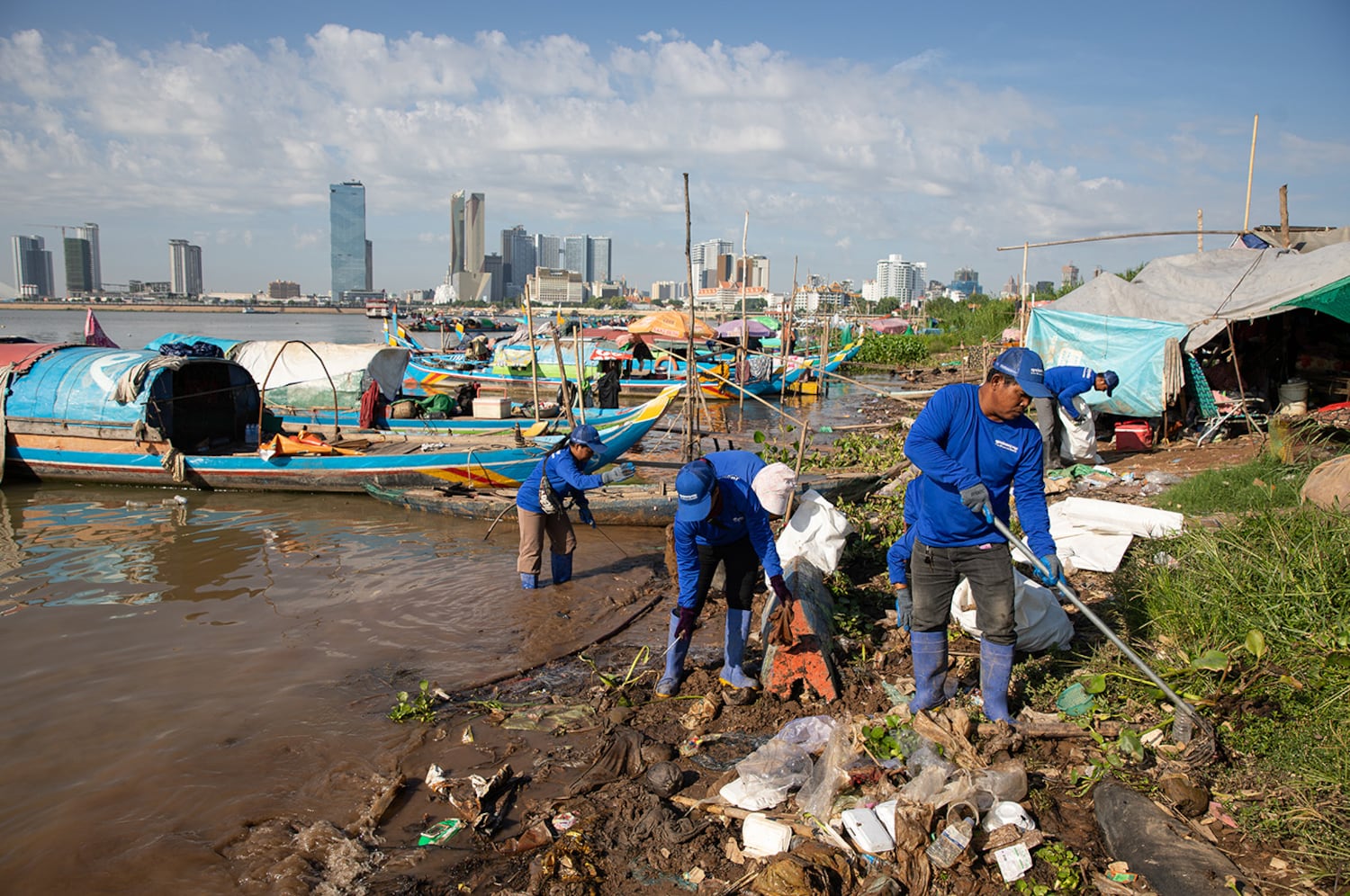
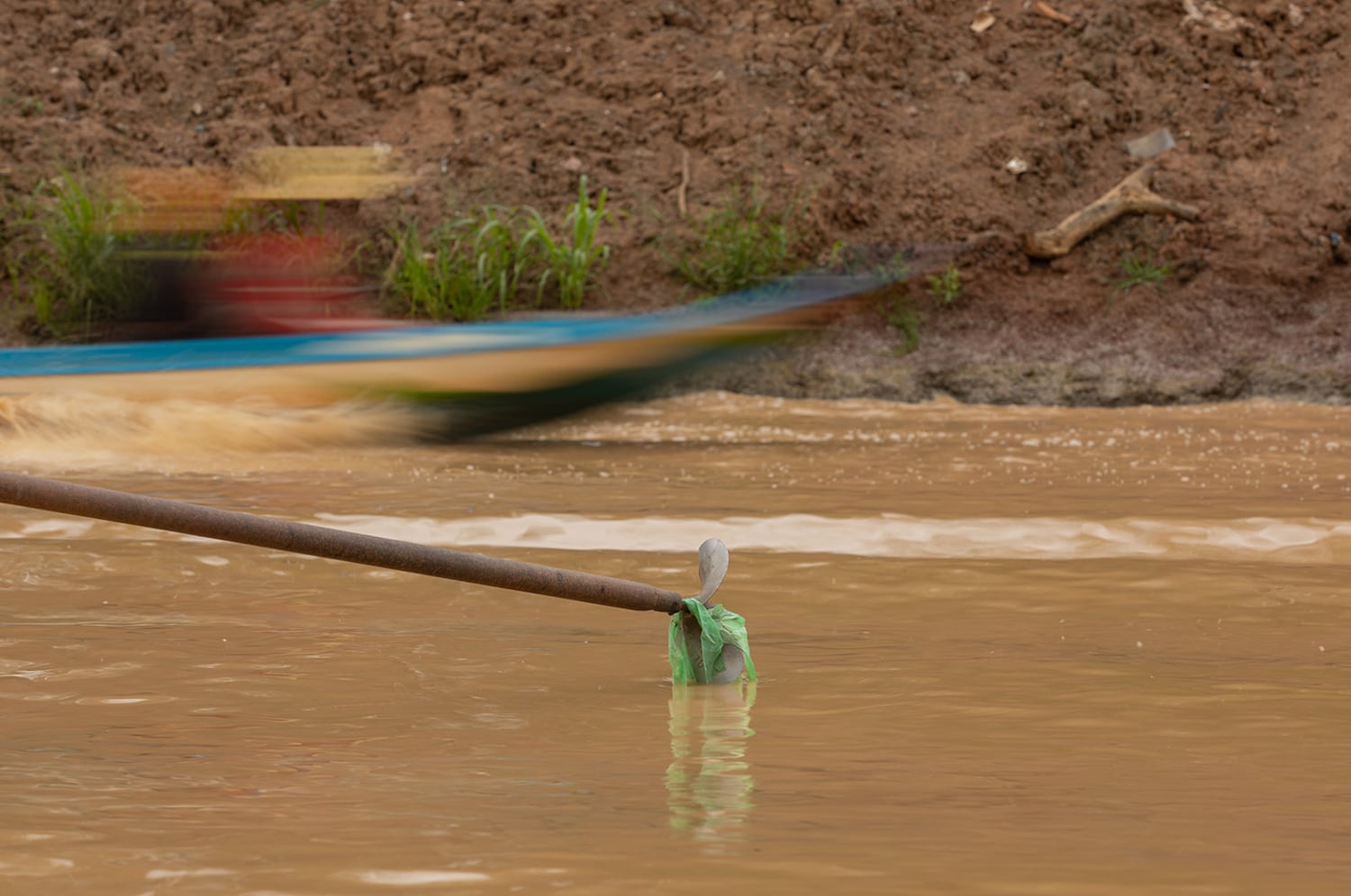
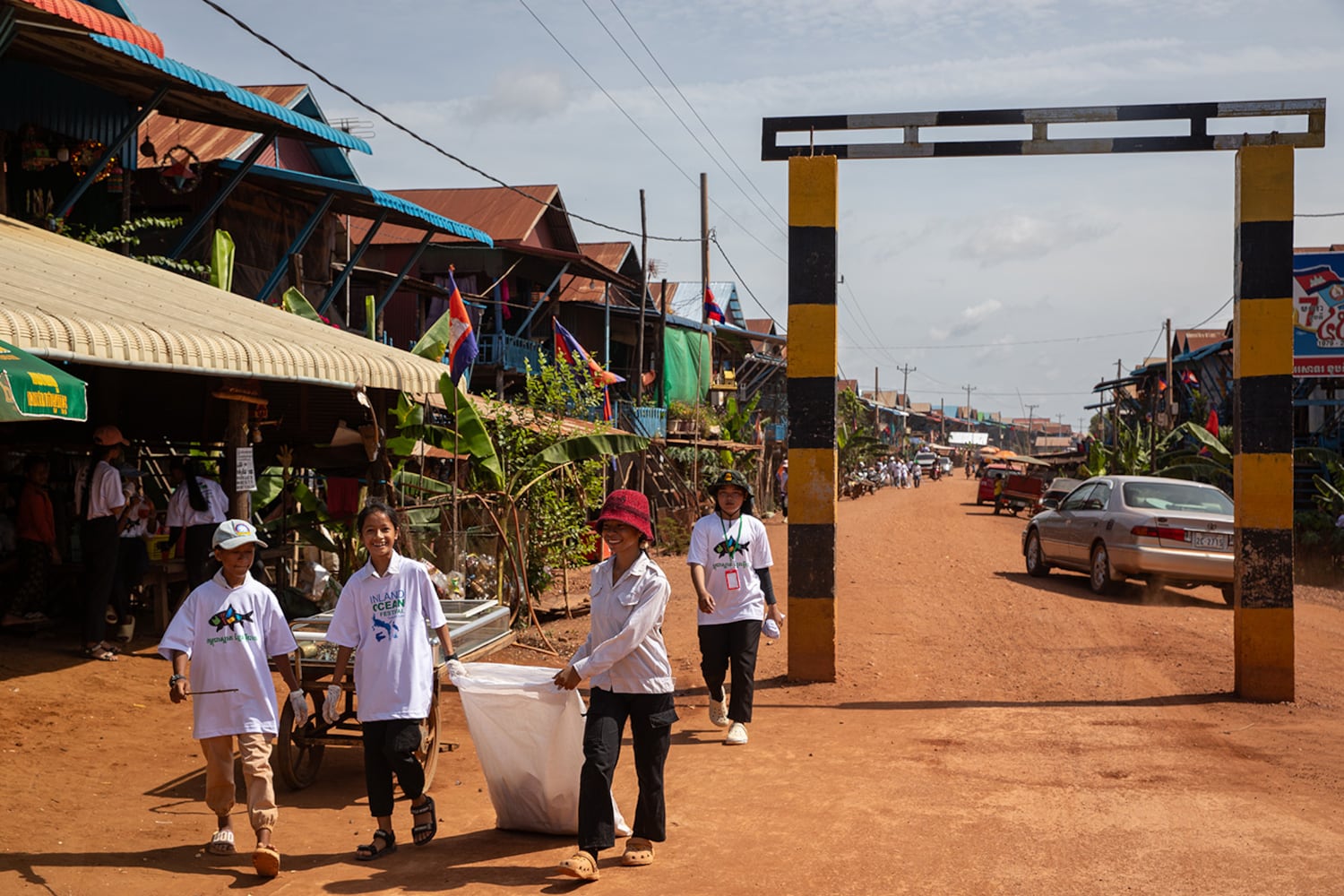
VIETNAM | Where the Mekong meets the sea
Past Phnom Penh, the Mekong flows south to the Cambodia-Vietnam border and eventually reaches through the urban sprawl of Ho Chi Minh City.
Here, the mainstem of the Mekong River branches out into tributaries, swamps, and islands to create the Mekong Delta, known as Vietnam’s “rice bowl.” Nutrients flowing in from the Mekong have made the region’s fertile farmland part of a multimillion-dollar rice industry. But with plastics following the same path, those farms face increasing threat.
The delta’s largest city, Can Tho, has now become the epicenter for the region’s waste issues.
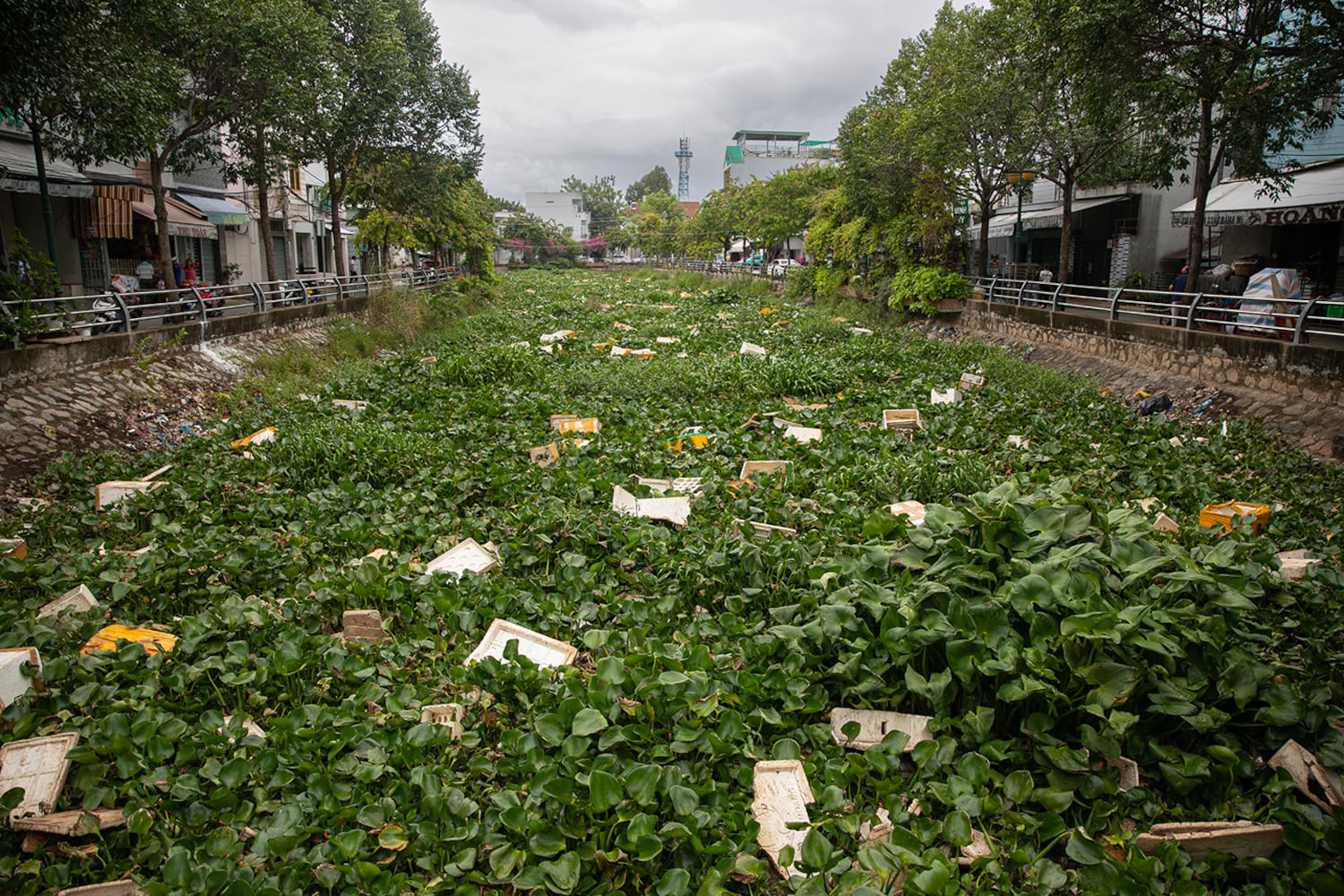


Funding for this reporting was provided by Dialogue Earth, an independent environmental reporting and analysis nonprofit. RFA retains full editorial control of the work.
This content originally appeared on Radio Free Asia and was authored by RFA Investigative.
This post was originally published on Radio Free.